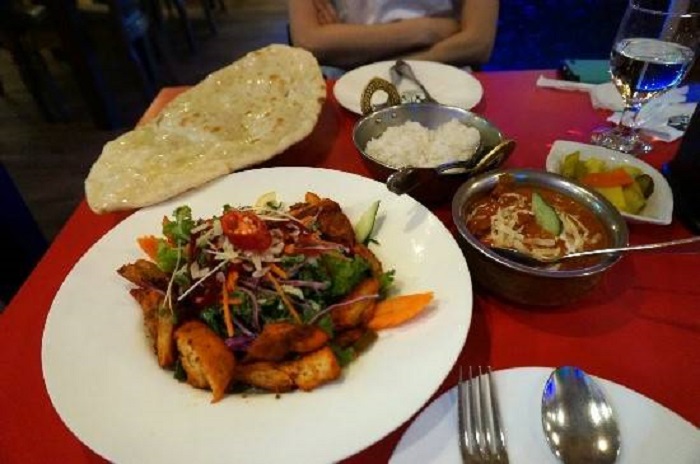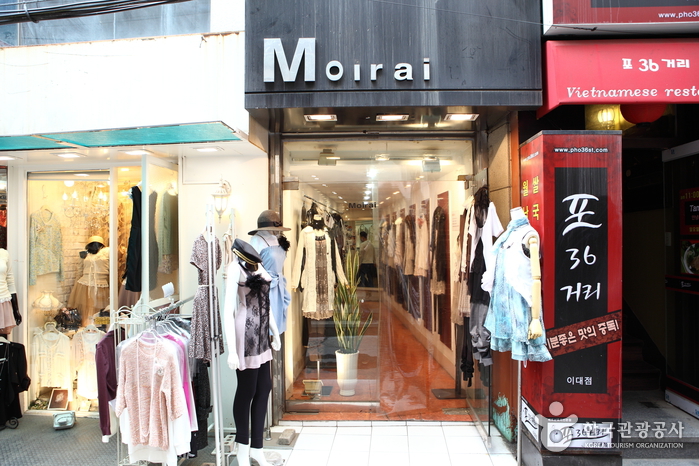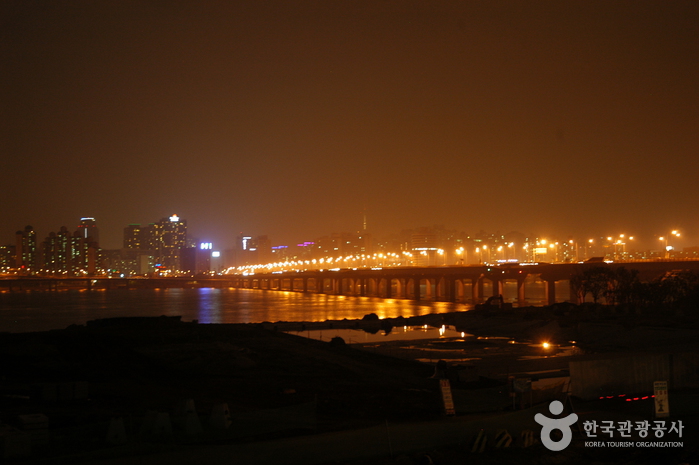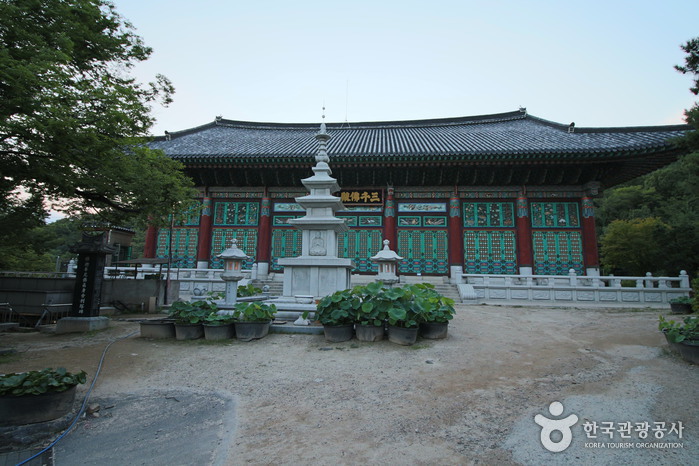OTSAL (옷살)
18.5Km 2021-03-29
164, Gwanak-ro, Gwanak-gu, Seoul
+82-2-882-6527
This is where a local Mexican chef does the cooking. The best menu at this restaurant is curry. This Korean dishes restaurant is located in Gwanak-gu, Seoul.
Ssukgogae (쑥고개)
18.5Km 2024-02-15
B1, 16 Gwanak-ro 14-gil, Gwanak-gu, Seoul
Ssukgogae is a Korean and Western fusion restaurant situated at the beginning of Syarosu-gil. The standout menu item is the tong samgyeop kimchi jjim (braised whole pork belly with kimchi), a robust and spicy dish prepared with whole pork belly and soft bean curd. Another crowd-pleaser is the chicken cheongyang cream pasta (deep-fried chicken and cheongyang chili pepper cream pasta), featuring crispy fried shrimp and deep-fried chicken generously layered on soy cream sauce. The waffle gamja jeon (potato pancake), crispy and adorned with grated grana padano cheese, also earns acclaim. Nearby attractions encompass Nakseongsan Mountain, Nakseongdae Park, and Gwaneumsa Temple.
Moirai (모이라이)
18.5Km 2018-02-20
52-33, Ewhayeodae-gil, Seodaemun-gu, Seoul
+82-2-363-7524
Moirai offers lace clothing matching well with suits, jeans, and leggings. It is a popular store among Japanese tourists preferring lace clothing. It offers outstanding repair/maintenance services to customers. Items in Moirai boast unique designs. Customers can get various tips on how to match accessories with lace clothing from professional shop assistants.
Olive Young - Gwanak Town [Tax Refund Shop] (올리브영 관악 타운)
18.6Km 2024-06-27
173, Gwanak-ro, Gwanak-gu, Seoul
-
Mapodaegyo Bridge (마포대교 야경)
18.6Km 2021-03-26
Mapo-dong, Mapo-gu, Seoul
+82-2-3153-8365
Mapodaegyo Bridge connects Yonggang-dong, Mapo-gu and Yeouido-dong, Yeongdeungpo-gu. The bridge is 1,400 meters long and 25 meters wide (6-lane road), and was the fourth bridge to be built over the Hangang River, following the construction of Hannam Bridge. The construction of the bridge first started in February of 1968 and was completed in May of 1970. At the time of its completion the bridge was named Seouldaegyo Bridge, but was later changed to Mapodaegyo Bridge in 1984.
Seokparang (석파랑)
18.6Km 2024-09-02
309 Jahamun-ro, Jongno-gu, Seoul
+82-2-395-2500
Seokparang is a place built by relocating the Sarangchae of Heungseon Daewongun, the father of King Gojong of the Joseon dynasty. It boasts beautiful late Joseon-style gardens and three traditional hanok buildings. Here, one can enjoy authentic Gungjung hanjeongsik (royal Korean table d'hote) for both lunch and dinner, featuring meticulously prepared dishes such as traditional porridge, chilled salads, steamed prawns, kimchi cabbage wraps with pork, soybean paste jjigae set menu, and desserts. Diners can also savor traditional liquors crafted by artisans from across the country.
Runners Club - Ewha Womans Univ. Branch [Tax Refund Shop] (러너스클럽 이대)
18.6Km 2024-04-23
#103, 160, Sinchon-ro, Mapo-gu, Seoul
-
Hangang Paradise (한강파라다이스)
18.6Km 2024-03-25
252 Yeouidong-ro, Yeongdeungpo-gu, Seoul
+82-2-447-3333
Hangang Paradise is a renowned Italian restaurant nestled in Yeouido Hangang Park. It offers a diverse menu featuring items such as steak, pizza, dongaseu (pork cutlet), and bulgogi deopbap (stir-fried bulgogi served with rice), with the tenderloin steak being the standout dish. Guests can savor their meals while enjoying the picturesque views of the Hangang River. Additionally, Hangang Paradise operates a quay for duck boats, adding to its allure as a favored destination for those visiting the Hangang River area.
Bongwonsa Temple (봉원사)
18.6Km 2023-03-13
120, Bongwonsa-gil, Seodaemun-gu, Seoul
+82-2-392-3007
Located on the outskirts of Ansan Mountain in Bongwon-dong, Seodaemun-gu, Seoul, Bongwonsa Temple, as the center of Korean Buddhism Taego, is a thousand-year-old temple with a long history and tradition. In 889 (3rd year of Shilla Queen Jinseong’s reign), Monk Doseon founded it at the ground of Yeonhui Palace (now Yonsei Univ.) and named it Banyasa temple. It was destroyed during the Imjin War in 1592, and later in 1748 (the 24th year of Joseon King Yeongjo’s reign), it was rebuilt and renamed “Bongwonsa” by two Buddhist monks, Chanjeup and Jeungam.
“Yeongsanjae,” one of the Buddhist rituals and also a National Intangible Cultural Property, takes place at Bongwonsa on June 6 every year wishing for world peace and the reunification of North and South Korea. It was designated as one of the Intangible Cultural Heritage of Humanity by UNESCO in 2009. During Yeongsanjae, visitors can enjoy the Buddhist arts such as Beompae (Buddhist temple music for rituals) and dancing. Also, during summertime, Seoul Lotus Flower Culture Festival takes place, where visitors can enjoy the beautiful lotus flowers which are a symbol of Buddhism.




![Runners Club [Tax Refund Shop] (러너스클럽)](http://tong.visitkorea.or.kr/cms/resource/43/2891143_image2_1.jpg)
![Runners Club - Ewha Womans Univ. Branch [Tax Refund Shop] (러너스클럽 이대)](http://tong.visitkorea.or.kr/cms/resource/12/2889512_image2_1.jpg)

 English
English
 한국어
한국어 日本語
日本語 中文(简体)
中文(简体) Deutsch
Deutsch Français
Français Español
Español Русский
Русский